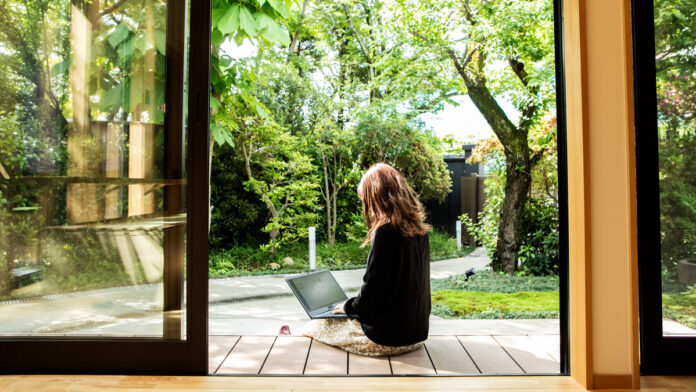
In this review I wanted to find an insightful article on the growing ‘remote’ work culture that has taken over the United States since the start of the pandemic in 2020. I found this article to be interested because it touches on the reasoning behind the work from home shift, and why it has been how the culture has felt for many years. It mainly comes down to having control over your own time, and culminating a healthy work life balance, so I came to this article to find further insights on this topic.
Does having control over their time actually make workers happier — and more likely to stay in their jobs? To find out, we analyzed survey data from the National Study of the Changing Workforce, a nationally representative sample of 1,516 workers in the United States. It contains measures like whether people feel like they have enough time, how much control they have over their work schedule, and how satisfied they are at work and in life. These measures allow us to examine the relationship between how people experience their time and their well-being — both at work and overall.
Previous research has documented that how people experience time — and in particular, whether they feel they have control over their time — affects their motivation to work toward a variety of long-term goals. We wanted to know whether those dynamics operated in a similar way in the modern workforce. We also wanted to understand the difference between feeling like you don’t have enough time to do the things you need to do (referred to in this line of research as a sense of time scarcity) and feeling like you don’t have control over your time. These feelings can go hand in hand, but they don’t always. For instance, you might feel a sense of time scarcity when your schedule is filled with tasks you don’t have time to complete, even if you have total control over that schedule.
We found a few key patterns that can help us to collectively understand the tension between employees and employers in the conflict over whether (and how often) employees should be required to return to the office. First, people who had greater control over their time — that is, who had more flexibility in their work schedules — had the highest job satisfaction and overall satisfaction with their lives. Second, those who felt a sense of time scarcity had less satisfaction with their jobs and were less satisfied with their lives. These findings mean that feeling like you don’t have enough time and feeling like you don’t have control over the limited time you do have are both negative predictors of well-being”
As many organizations continue to wrestle with how to structure work policies, now is the time to figure out how to grant employees control over their time in ways that can motivate them to do their best work, and experience greater satisfaction in both work and life. In our research we found that employees who have greater control over their time tend to be more satisfied with both their work and their lives. This suggests that work arrangements that grant employees more control and flexibility may not only improve employee well-being, but may also help employers retain the top talent they’ve been struggling to keep” (Lewis & Tepper, 2024)
In this portion of the article Lewis and Tepper focus on the reasoning behind the work at home movement. People typically want to have more control over their time, and have become less willing to give large portions of their days to their work entirely. In the article Lewis and Tepper suggest that employers “engage in continuous dialogue with workers” to allow them to continuously meet their employees needs (2024). Workers are more willing to resign if their needs aren’t met more than ever, and if the employers want to retain their workers they have to work with them. Understanding that every person may have different needs to be met may be a daunting task, but it has become the new expectation from their employees. Employees want to have a healthier work life balance and if their employers are able to meet their needs overall morale and motivation will grow bounds. If work life balance is a great motivator then how can design inspire this balance to create positive environments for everyone involved?
Source
Tepper, S., & Lewis , N. (2024, July 18). Research: People still want to work. they just want control over their time. Harvard Business Review. https://hbr.org/2024/07/research-people-still-want-to-work-they-just-want-control-over-their-time



